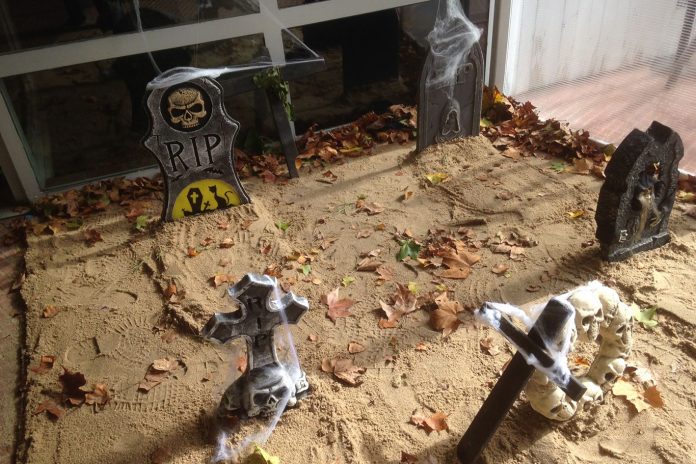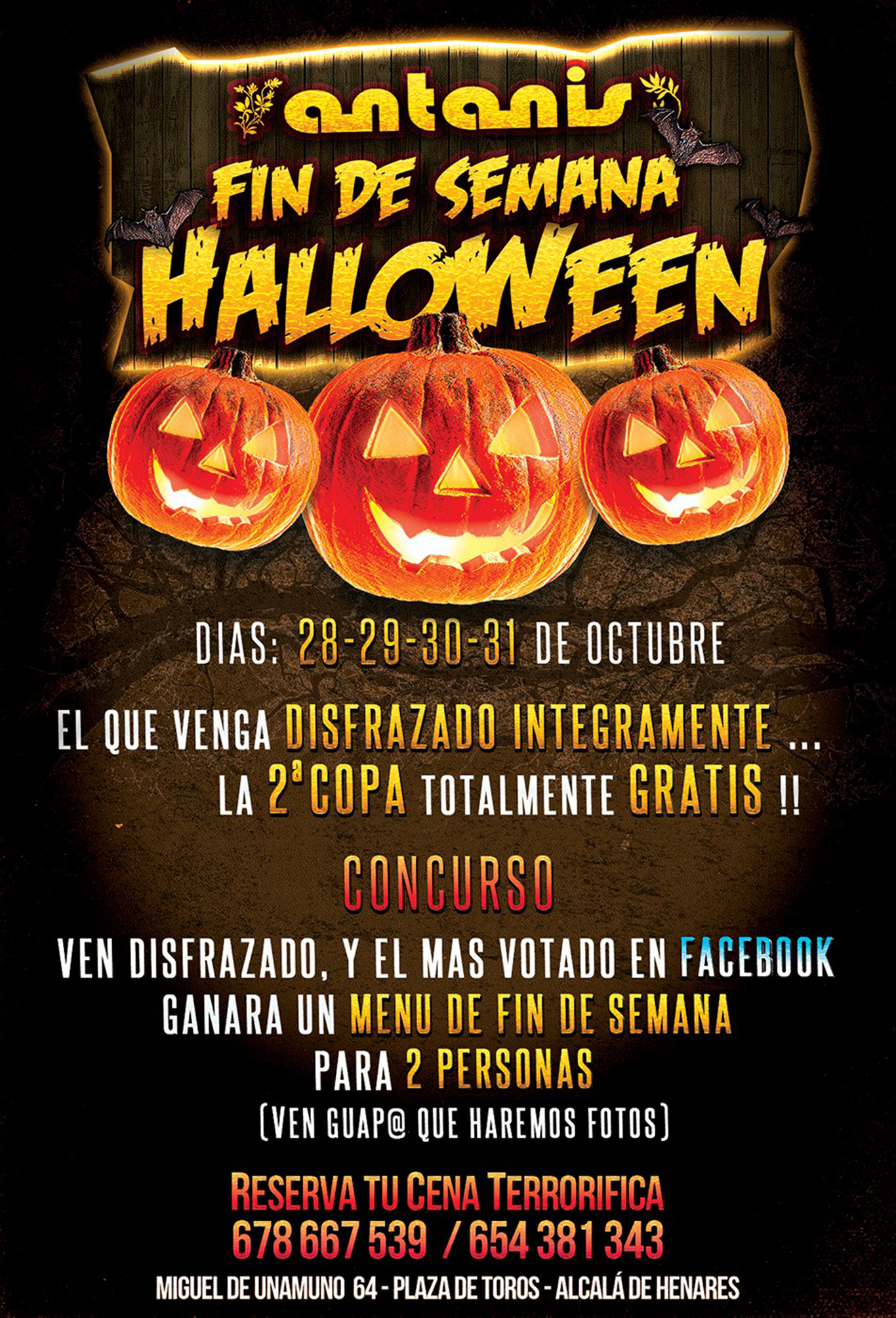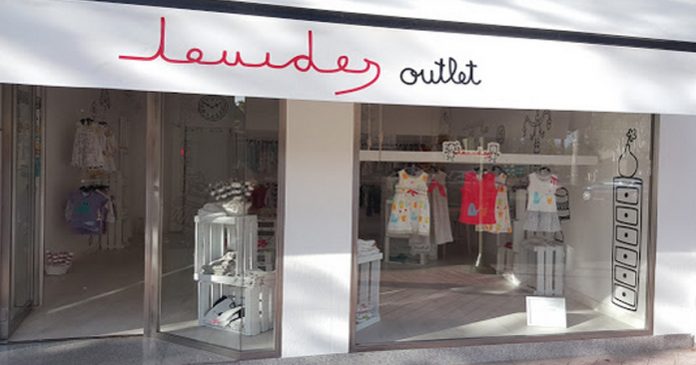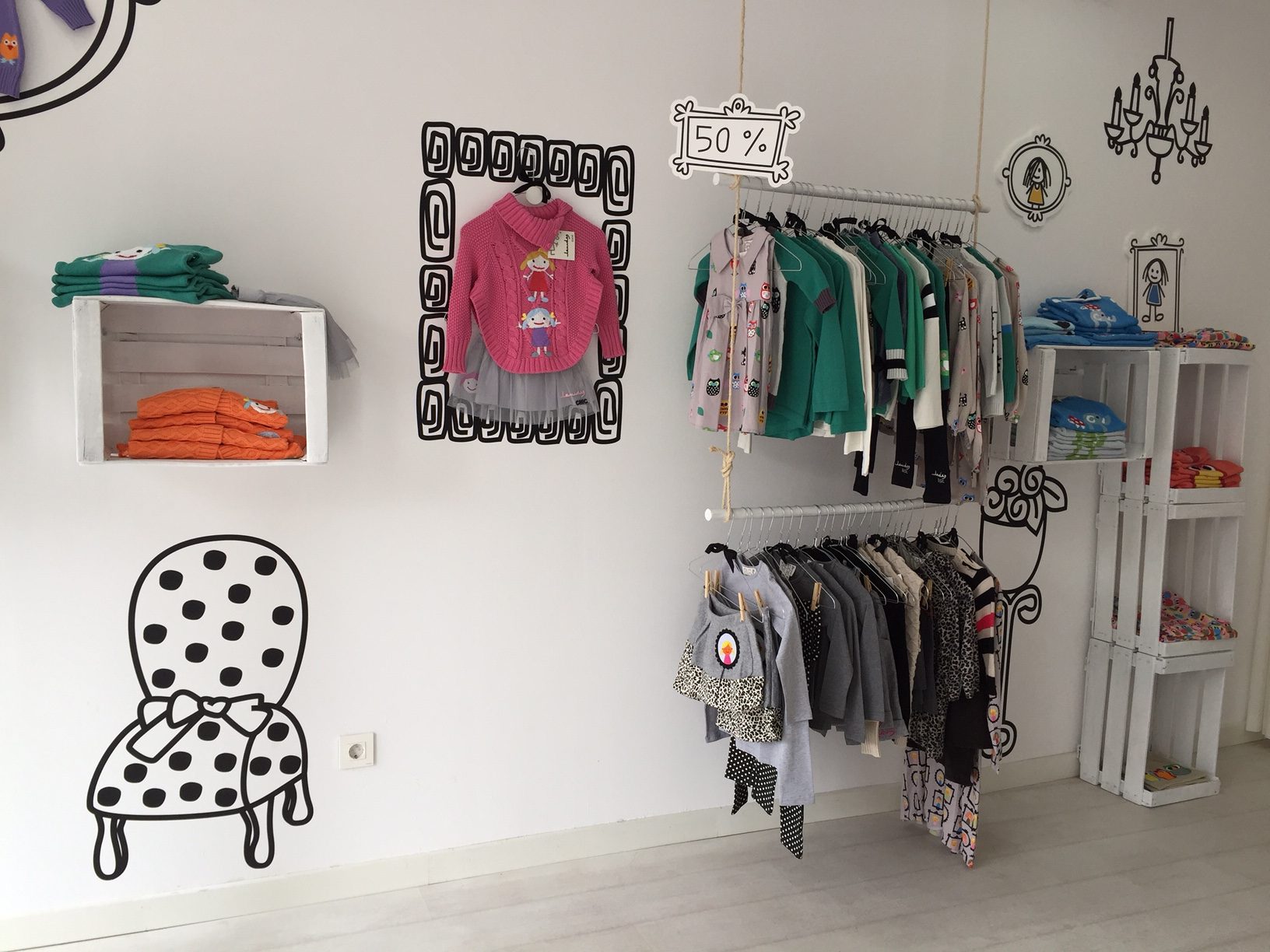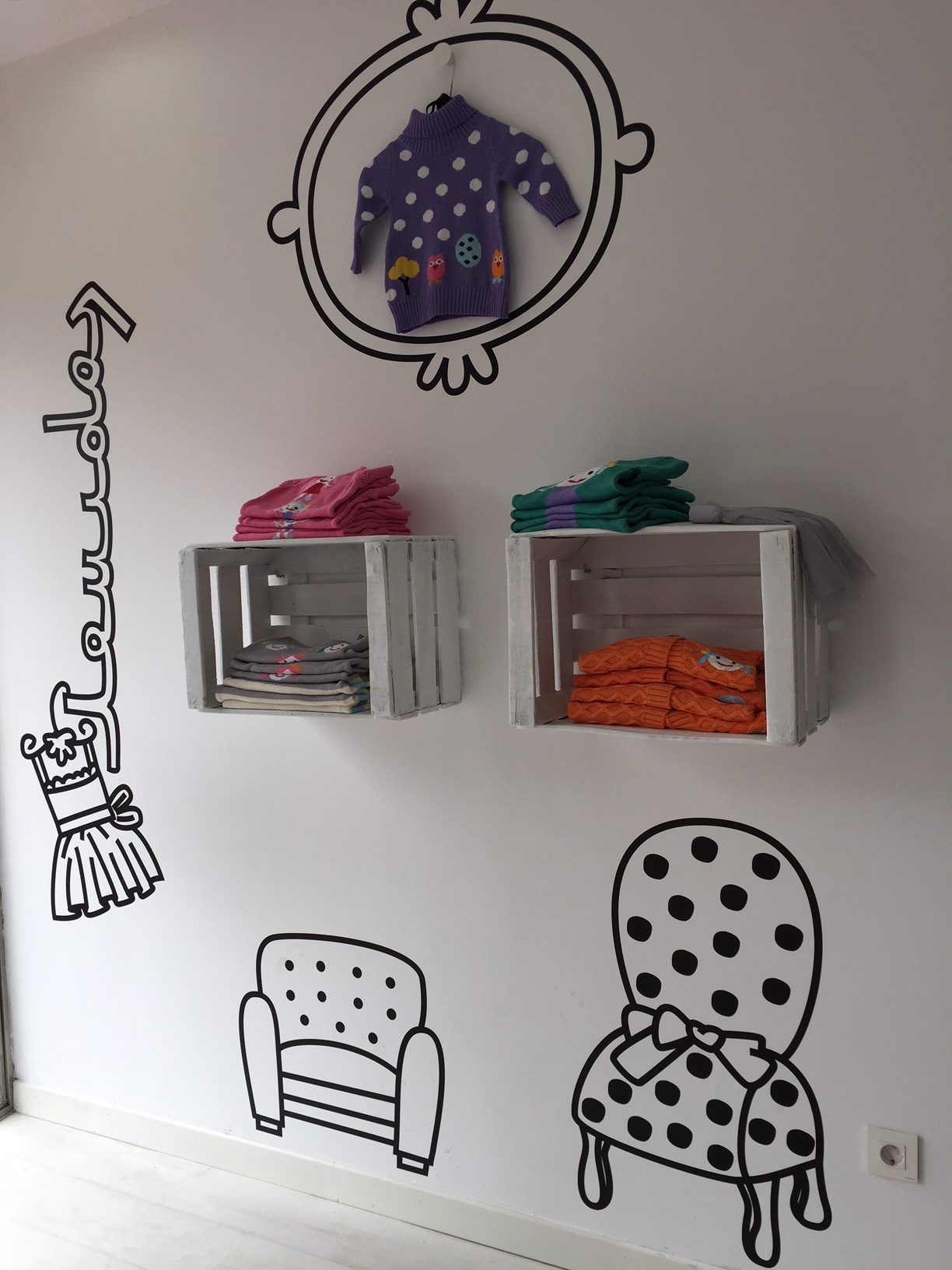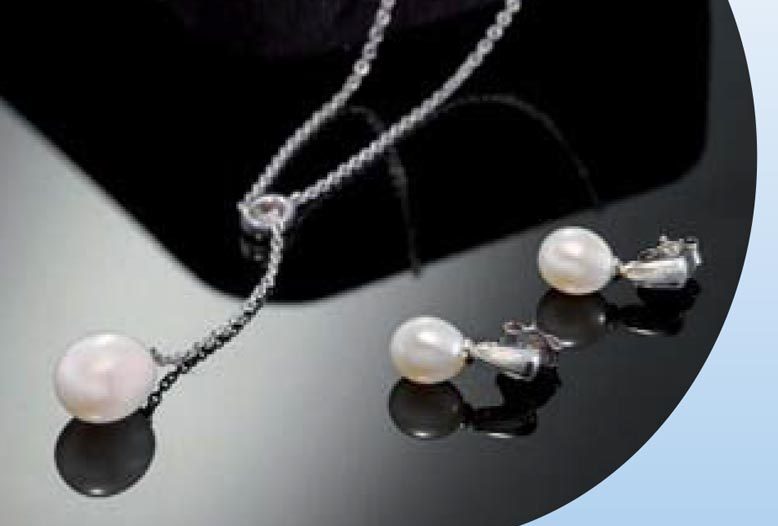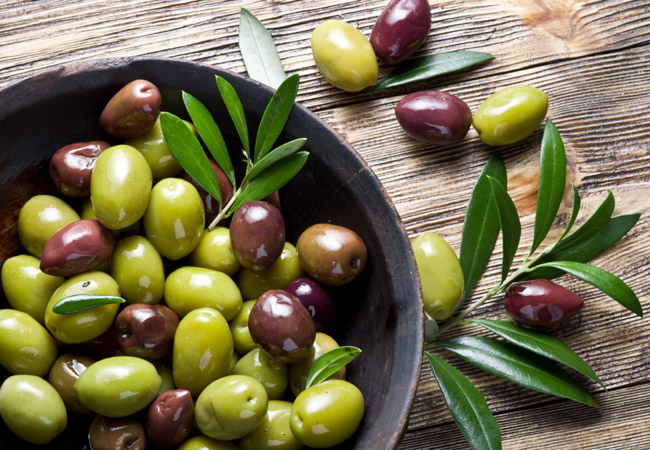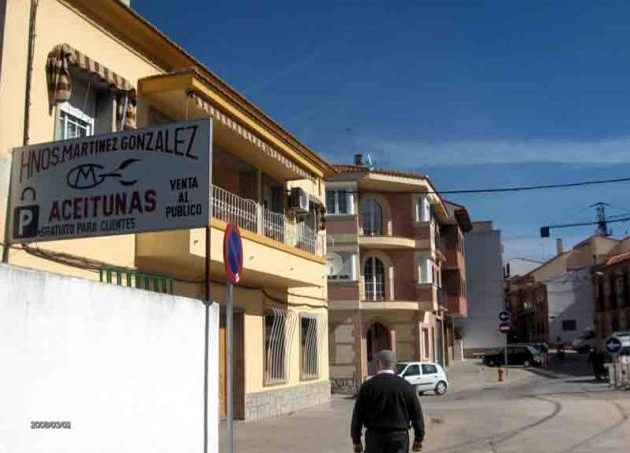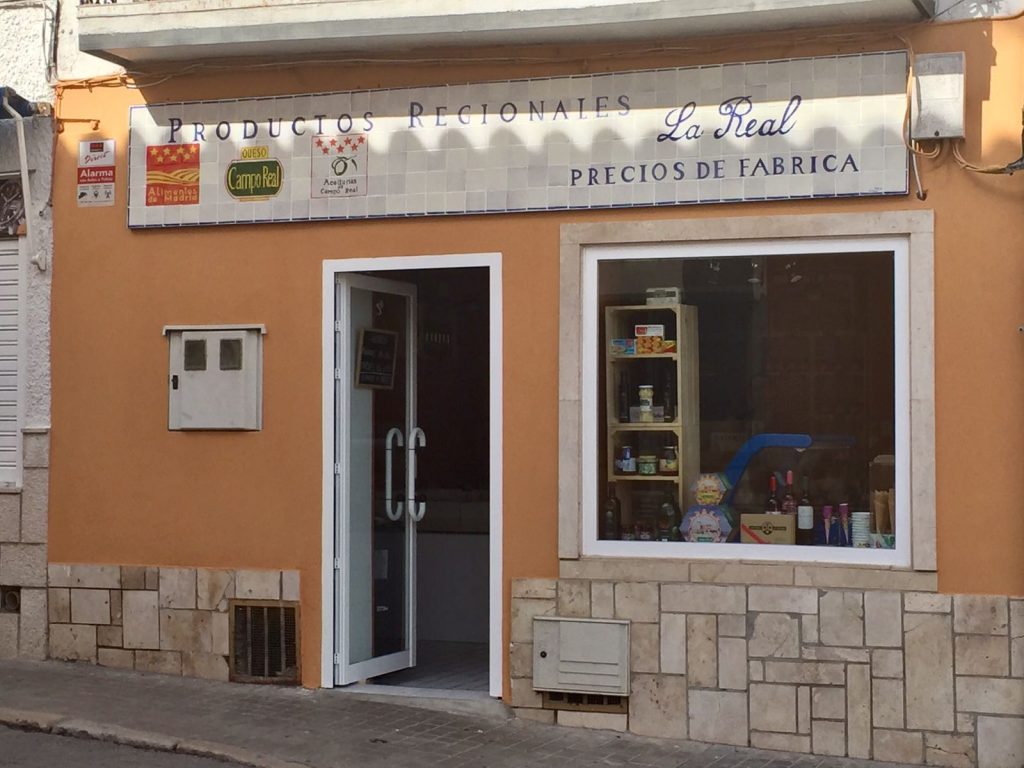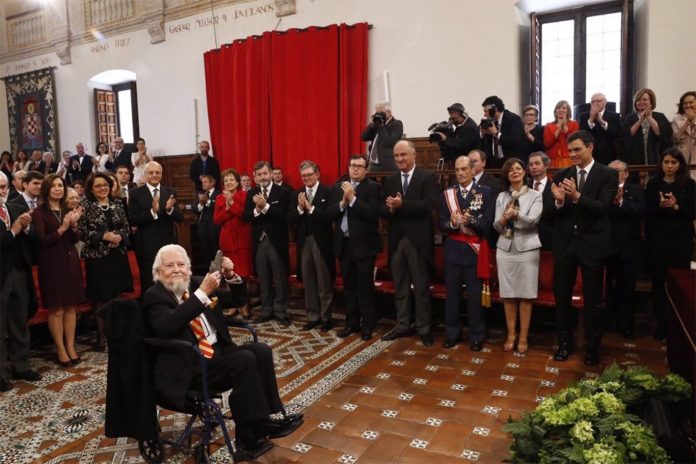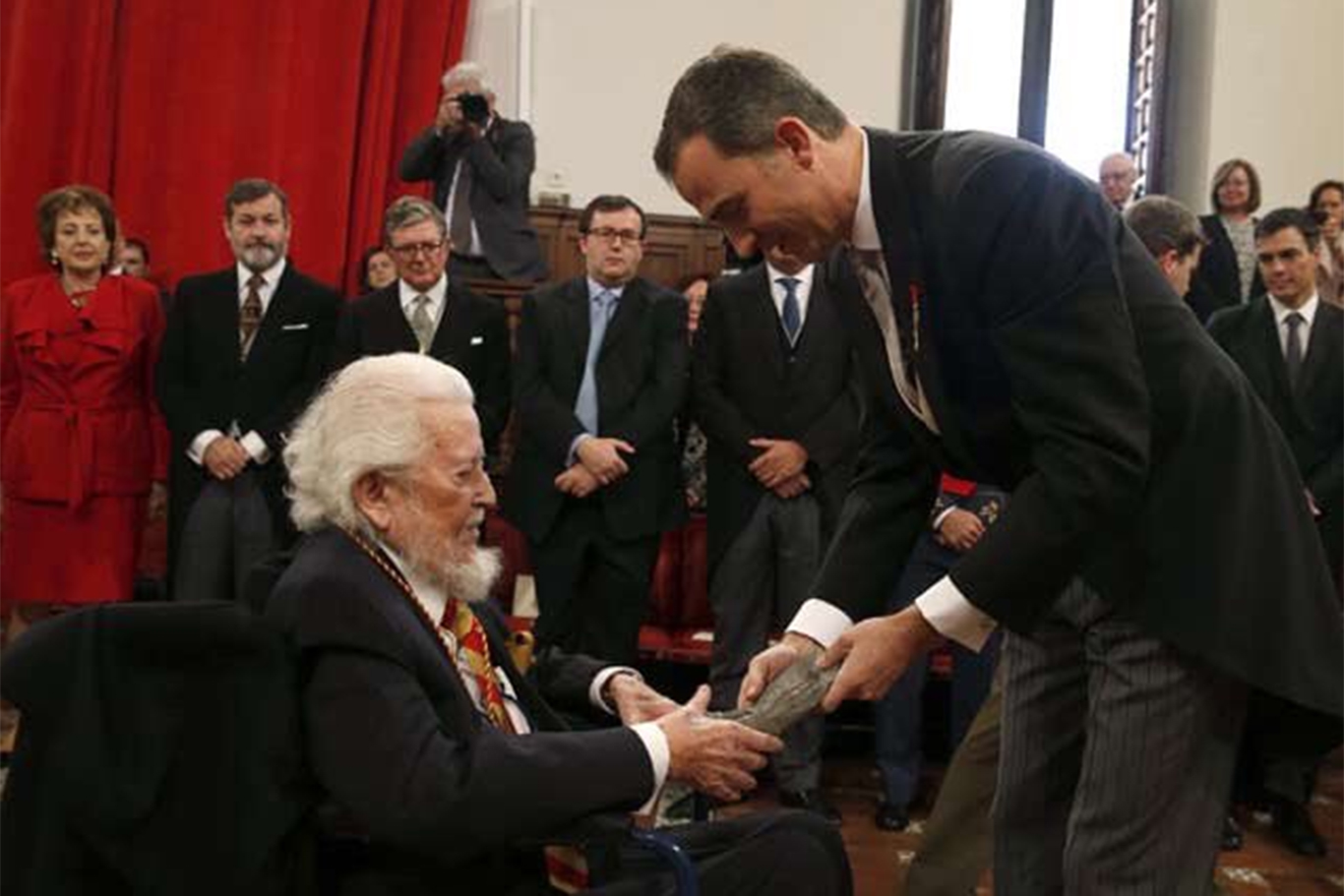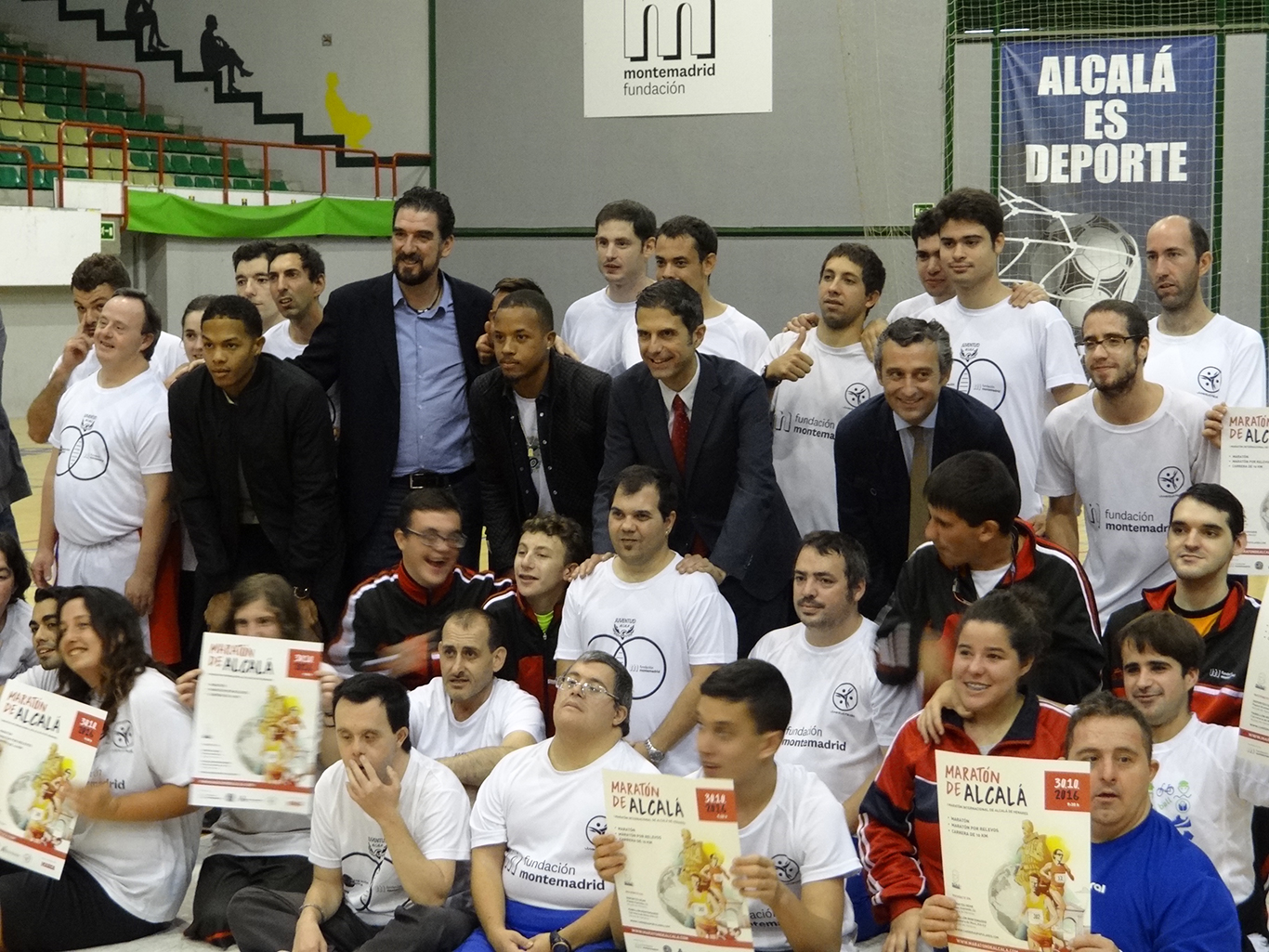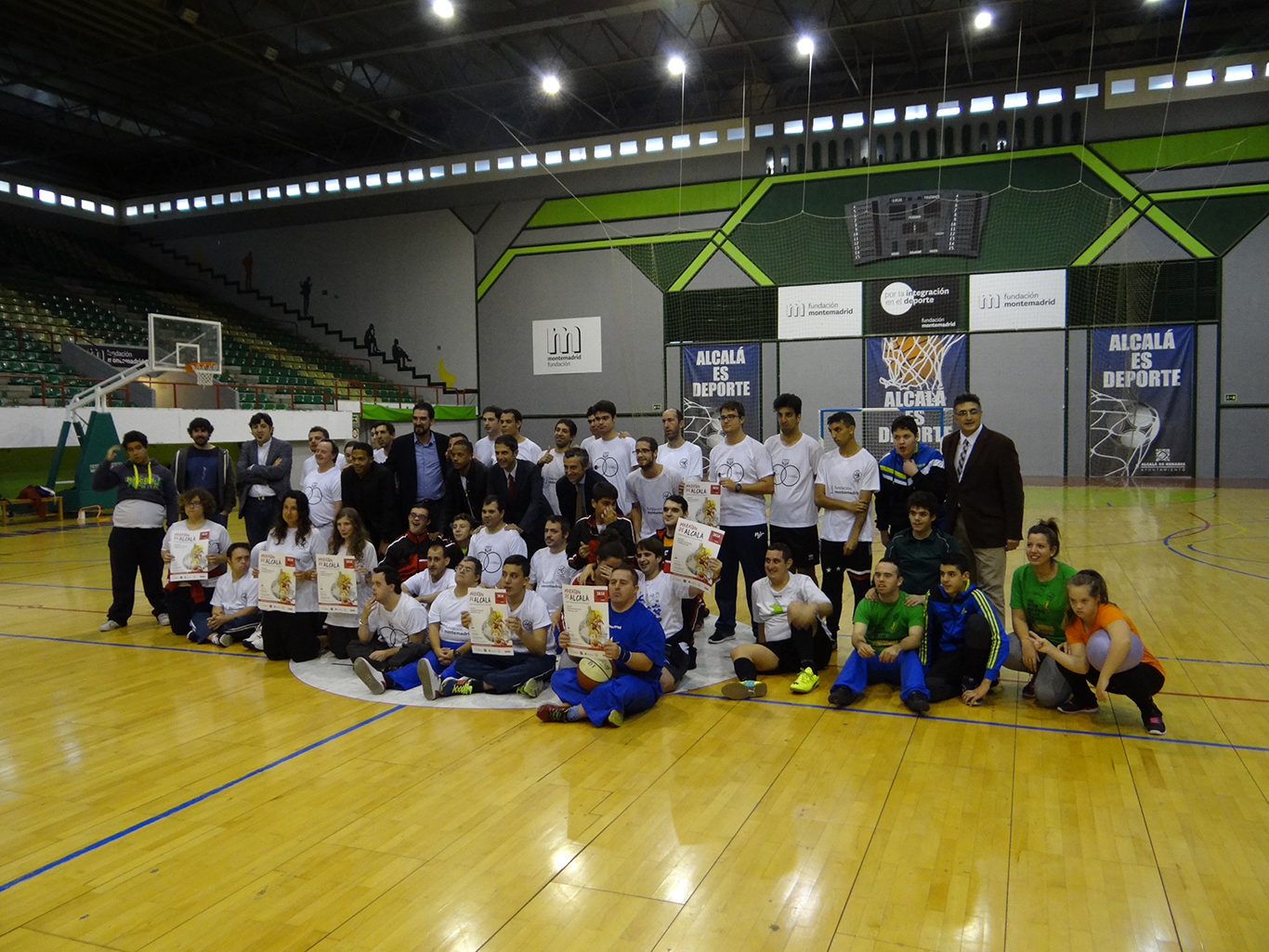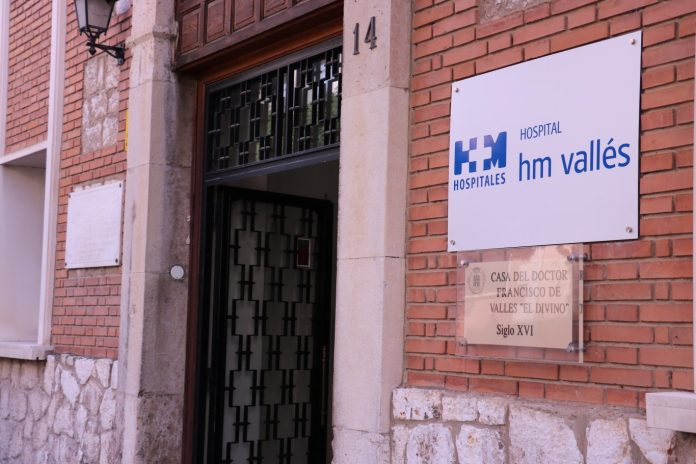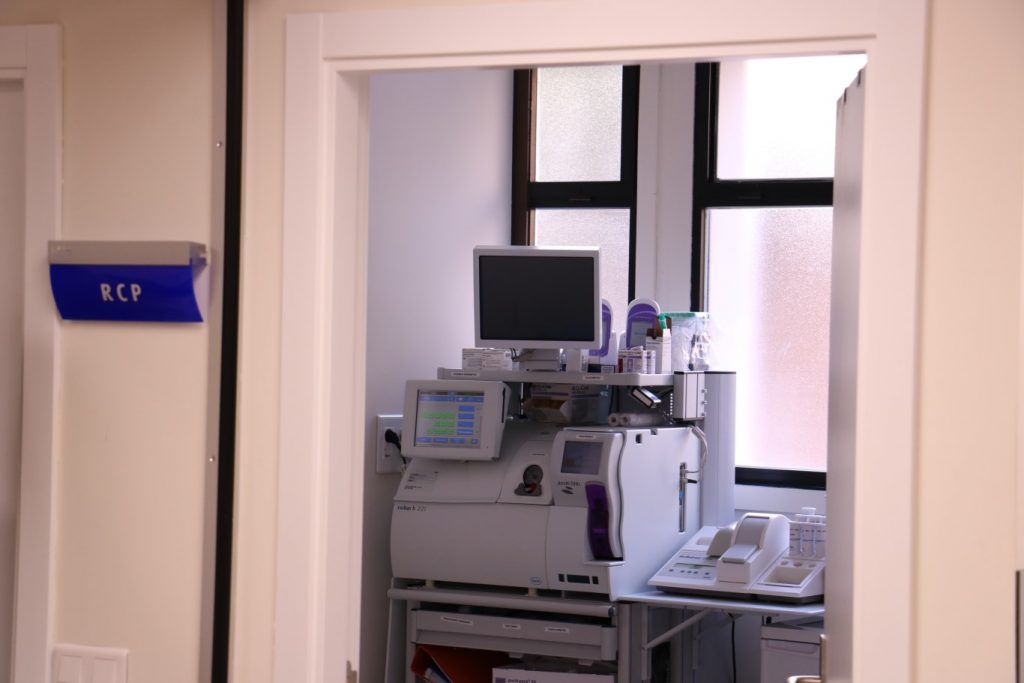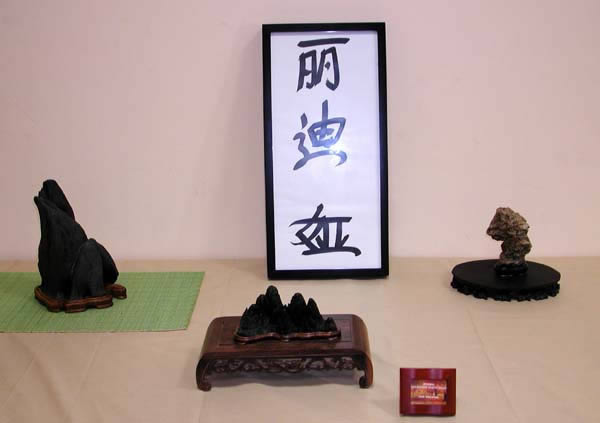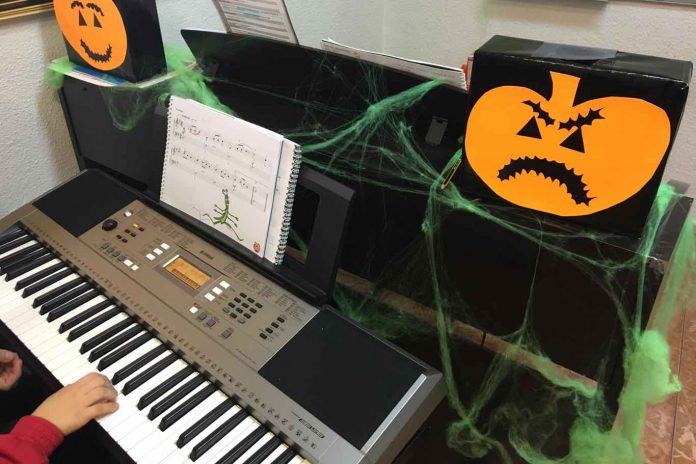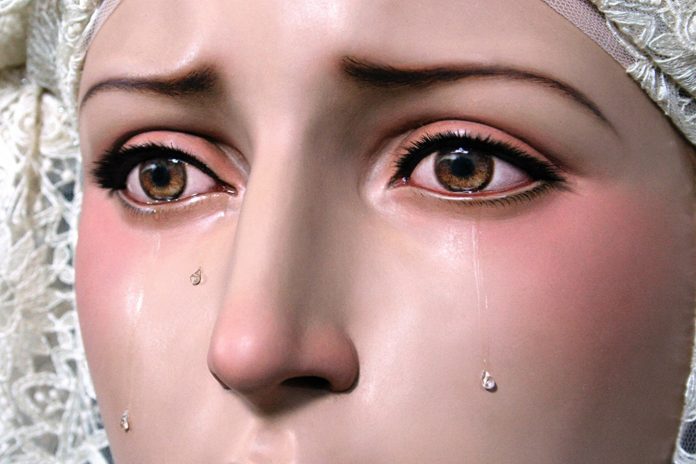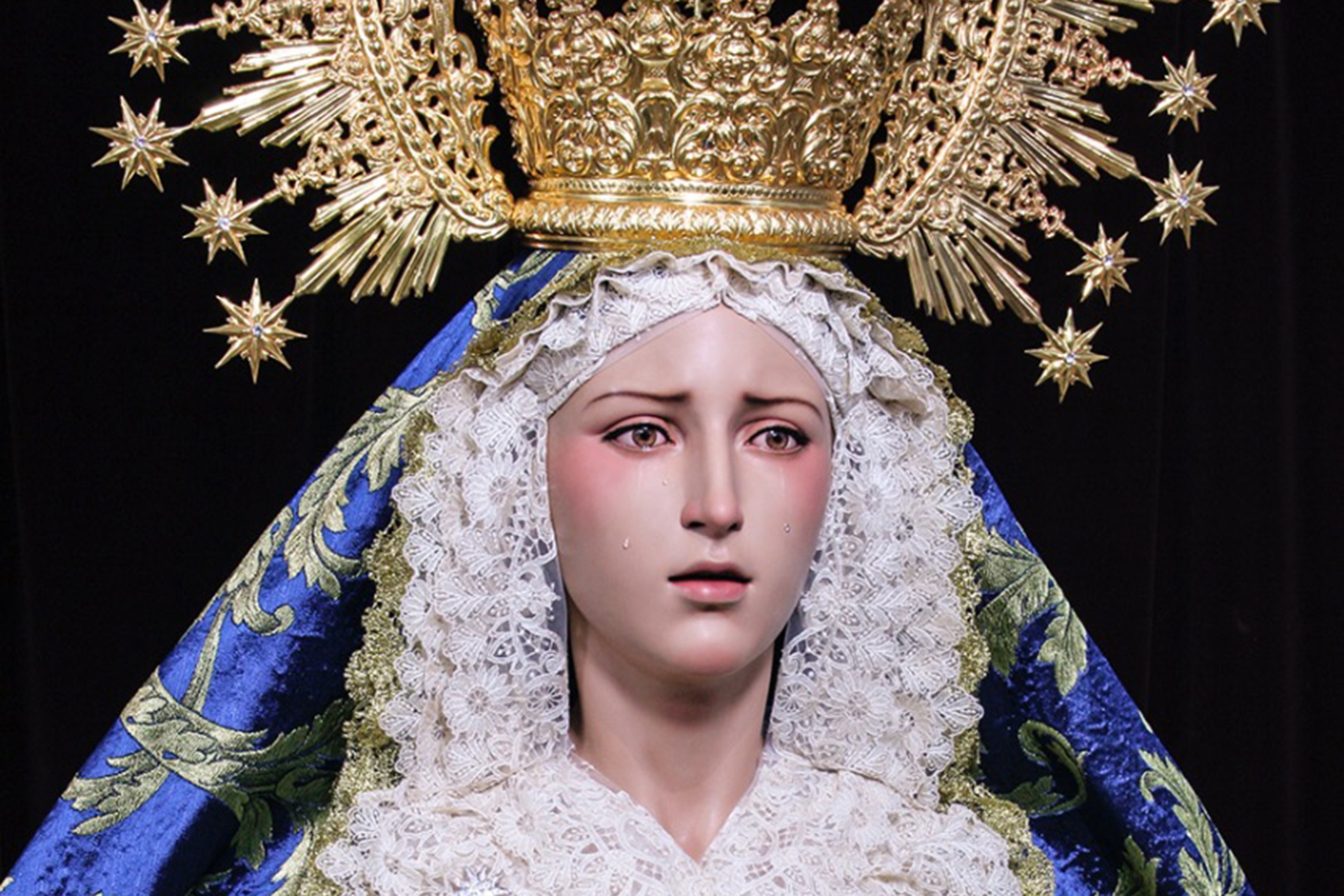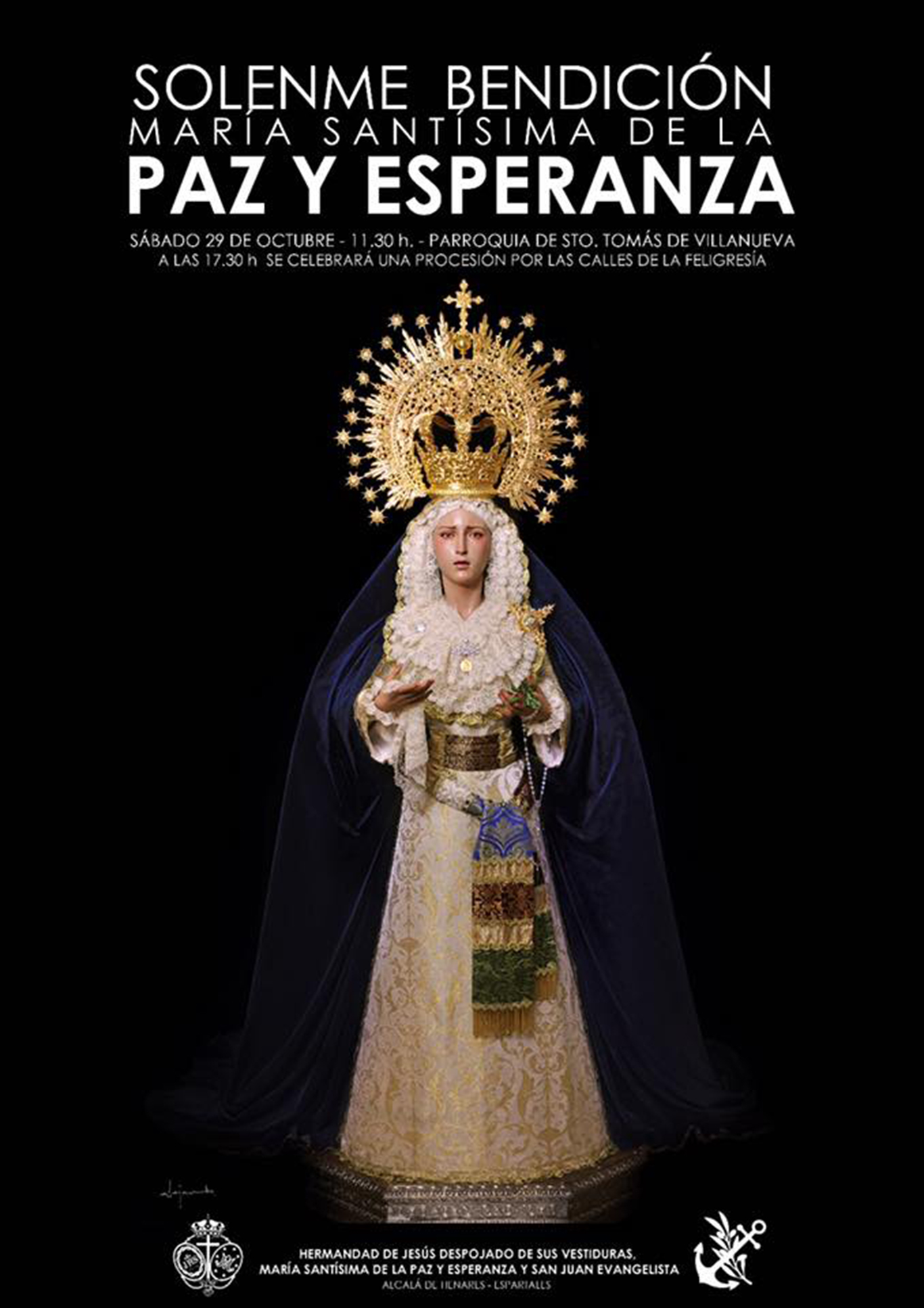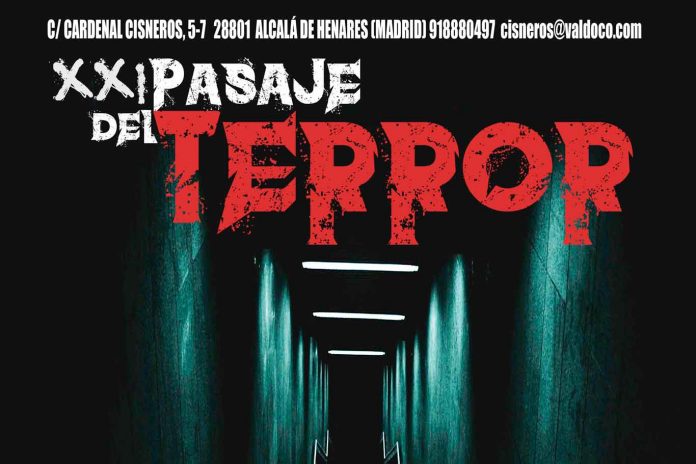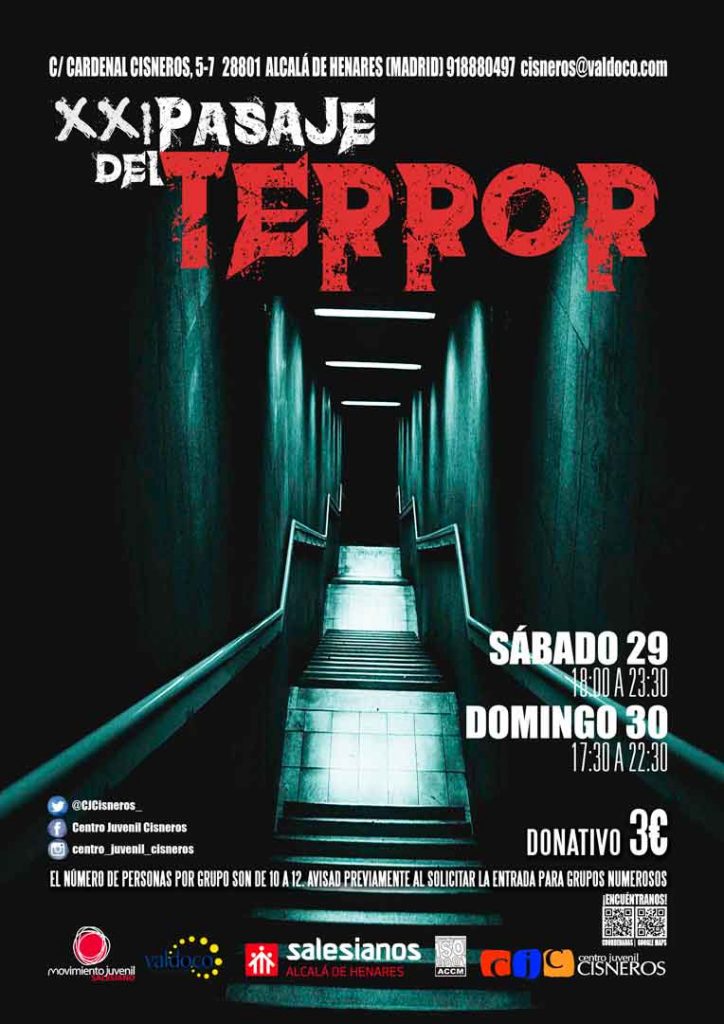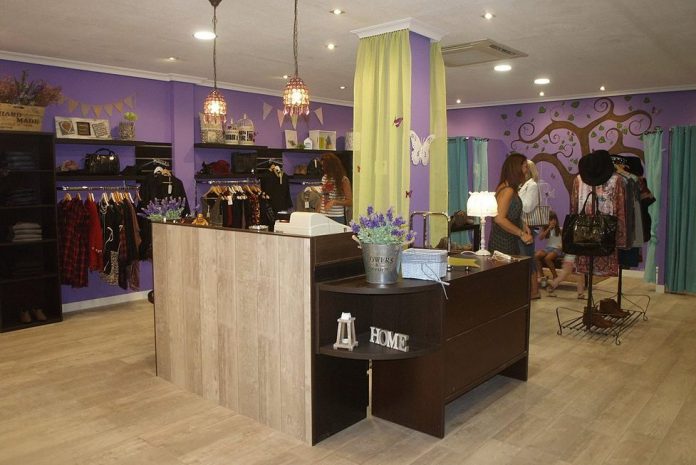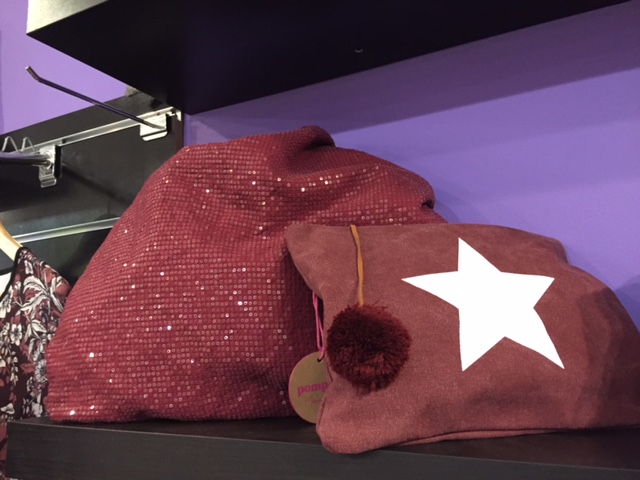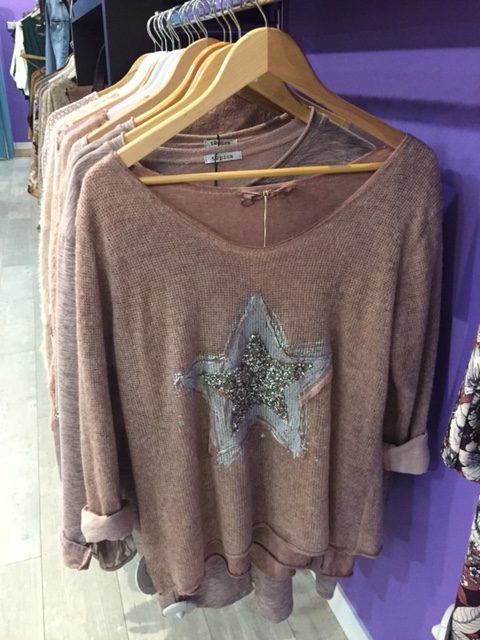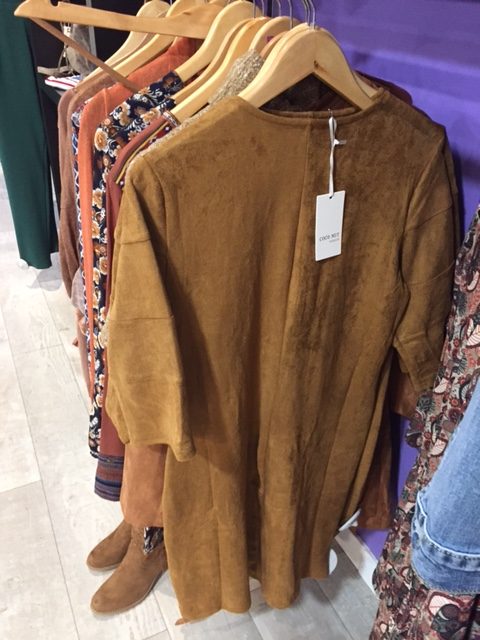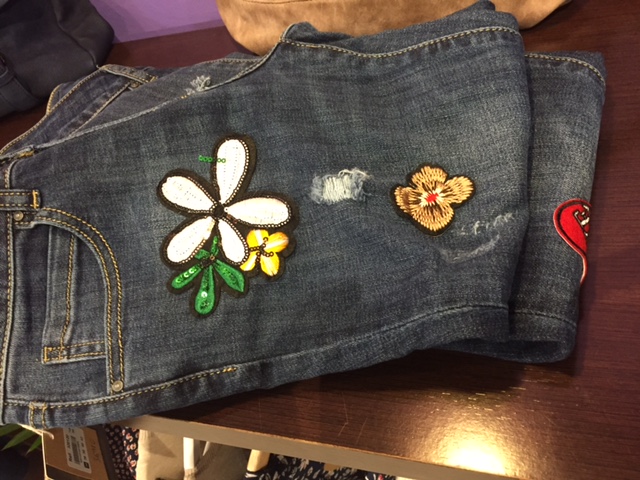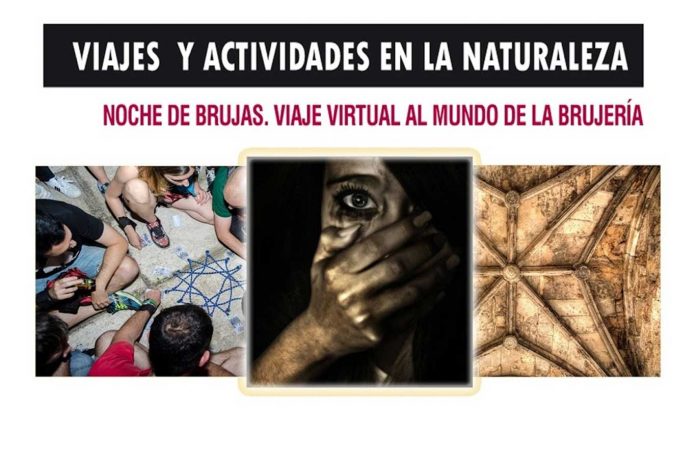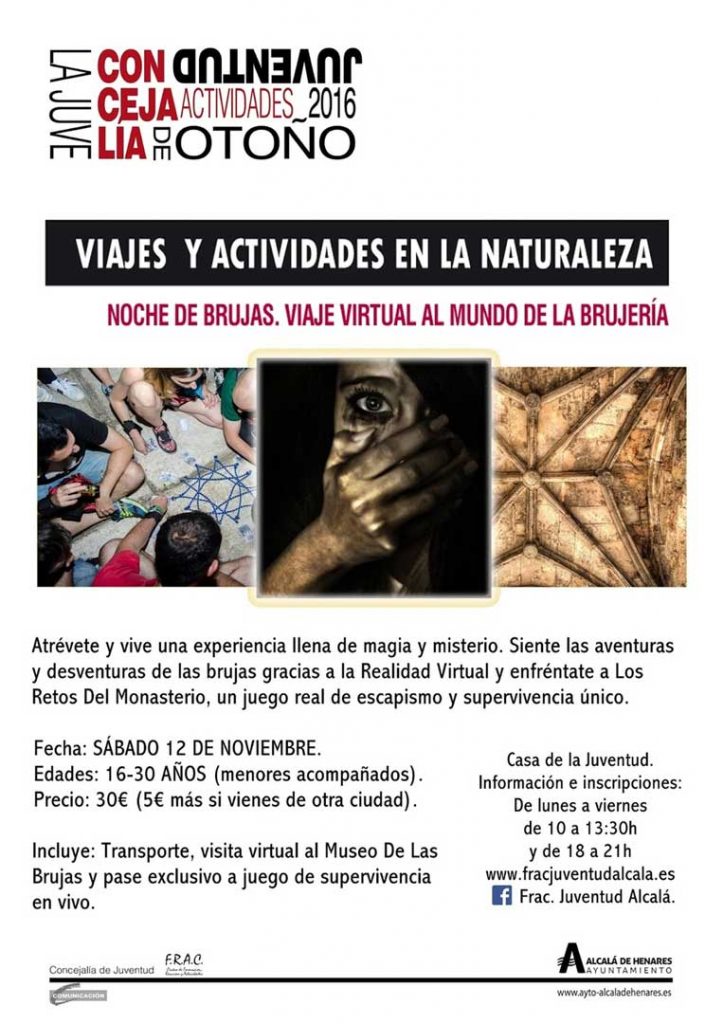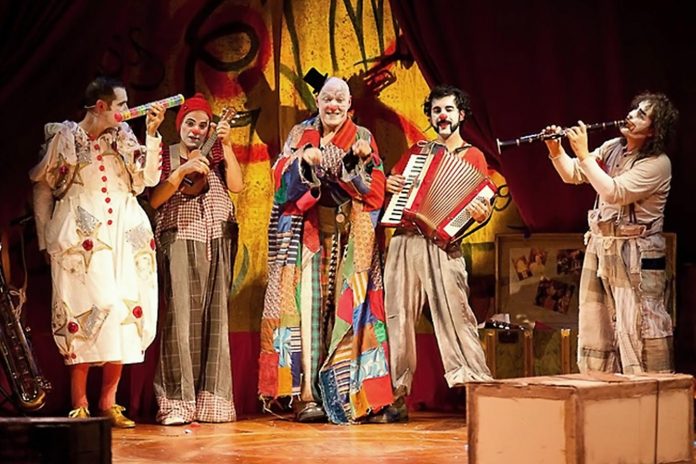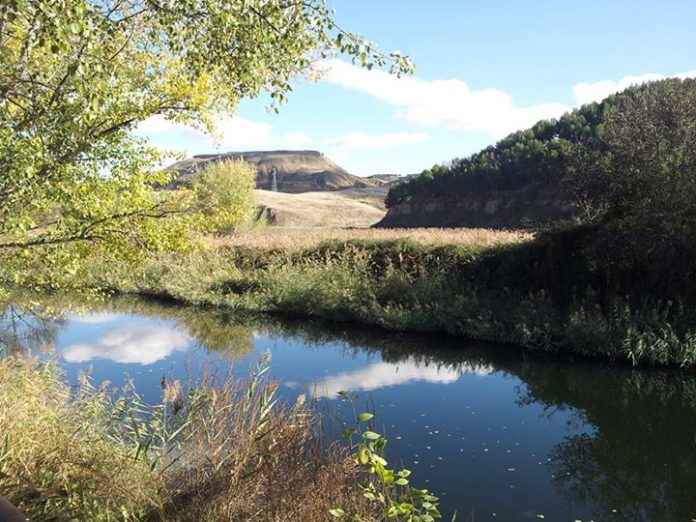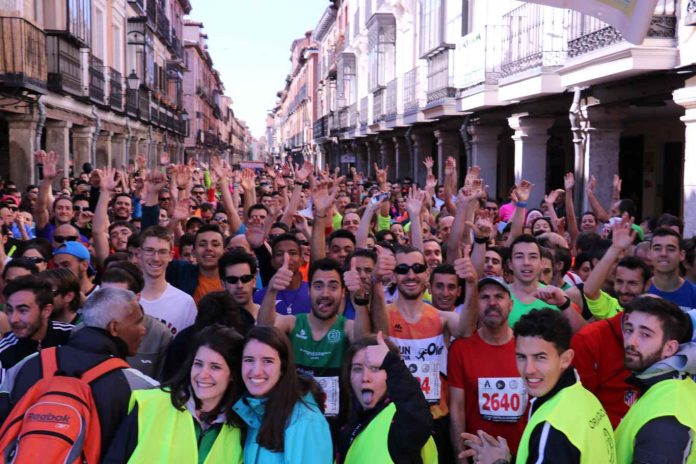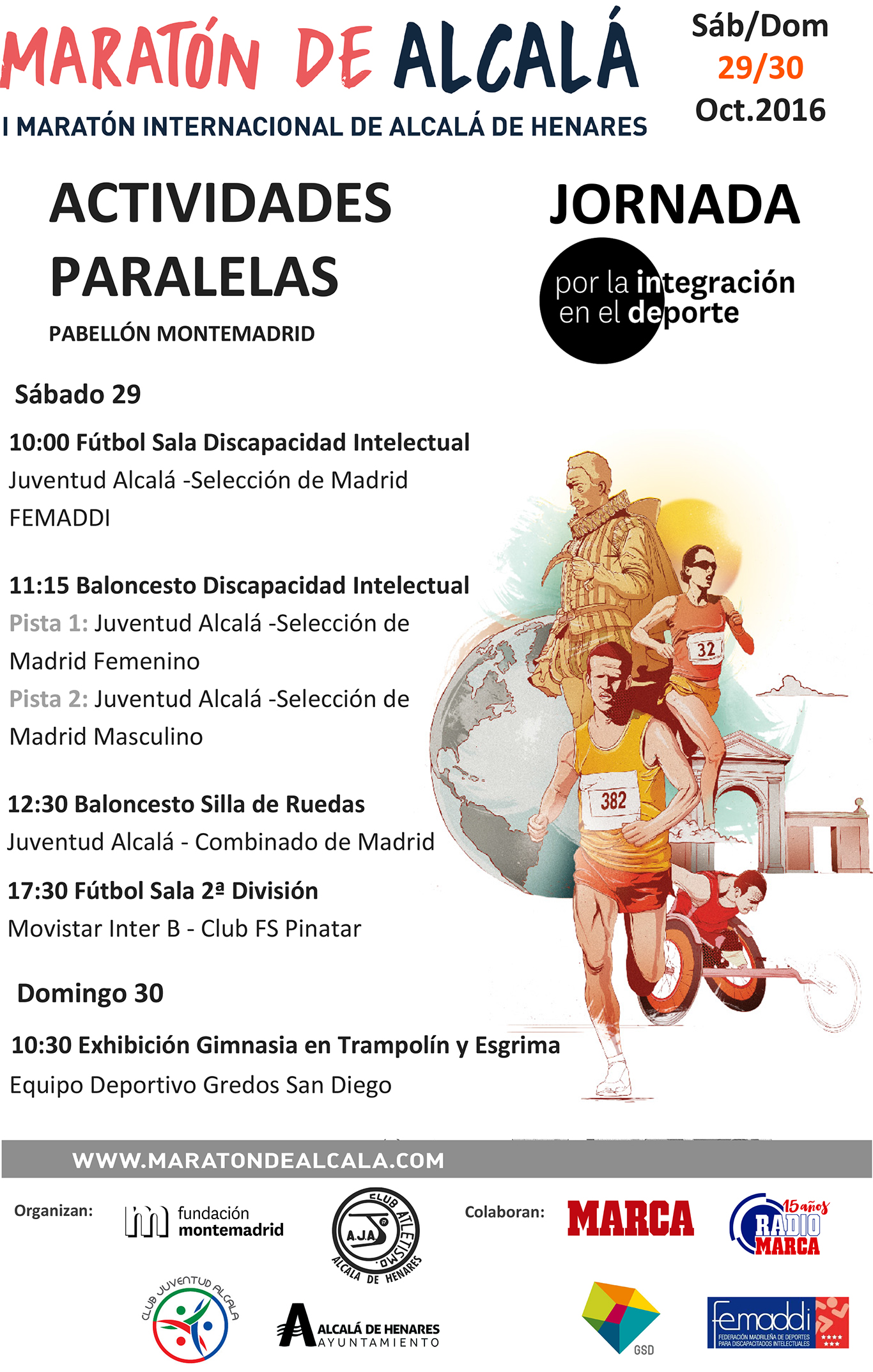El centro Todo en Belleza, Clínica Estética Oficial de Miss World Spain, recibió el pasado 17 de septiembre la visita de Raquel Tejedor y Sarah Loinaz, dos bellezones que regentan respectivamente el título de Miss World Spain y Reina Hispanoamericana Spain de este año.
¿Quieres saber cómo están siendo estas primeras semanas como ganadoras de estos títulos? En Dream Alcalá Woman estuvimos con ellas y nos lo contaron todo.
No superan la veintena, pero tanto Raquel como Sarah pueden presumir ya de contar con dos de los títulos de belleza más prestigiosos en España.
«Te cuesta creer que has ganado, pero todo va tan rápido después de ganar el título que no te da tiempo ni a pensarlo», nos cuenta la zaragozana Raquel Tejedor, quien el 26 de noviembre viajará a Washington para participar en el certamen de Miss Mundo que se celebrará el 18 de diciembre, y en el que tratará de recoger el testigo de Mireia Lalaguna, la actual Miss Mundo a la que también hemos entrevistado aquí y aquí.
«Estoy en Madrid buscando los estilismos y preparando mi participación en el concurso internacional: peluquería, oratoria, maquillaje, pasarela… Tenemos un gran trabajo por delante», añade.

«Son las dos muy guapas, pero lo que más me gusta de ellas es su naturalidad», nos dice Cuca Miquel, directora de Todo en Belleza con la doctora Silvestre, el centro de belleza de la calle Libreros que un año más se responsabilizará de sacar lo mejor de las mejores.
Raquel Tejedor, Miss World Spain

Raquel asegura que su familia está encantada con todo lo que está viviendo aunque «les pilló todo por sorpresa, muy de sopetón», cuenta con una enorme sonrisa desde sus 182 centímetros de altura.

«No voy a cambiar mi manera de ser, pero sí que creo que toda esta experiencia me va a aportar una madurez que con mi vida anterior quizá hubiera tardado más en llegar», confiesa la zaragozana, quien tratará de compatibilizar la exigente vida de una Miss España con sus estudios de Psicología.

Ambas tienen una belleza sublime, quizá sea por eso que, tanto Raquel como Sarah, coinciden en ir siempre maquilladas de forma muy natural, con tonos neutros, aunque si tienen que destacar un rasgo de su rostro les gusta «potenciar la mirada con sombras oscuras o eyeliner«.
Sarah Loinaz, Reina Hispanoamericana Spain 2016
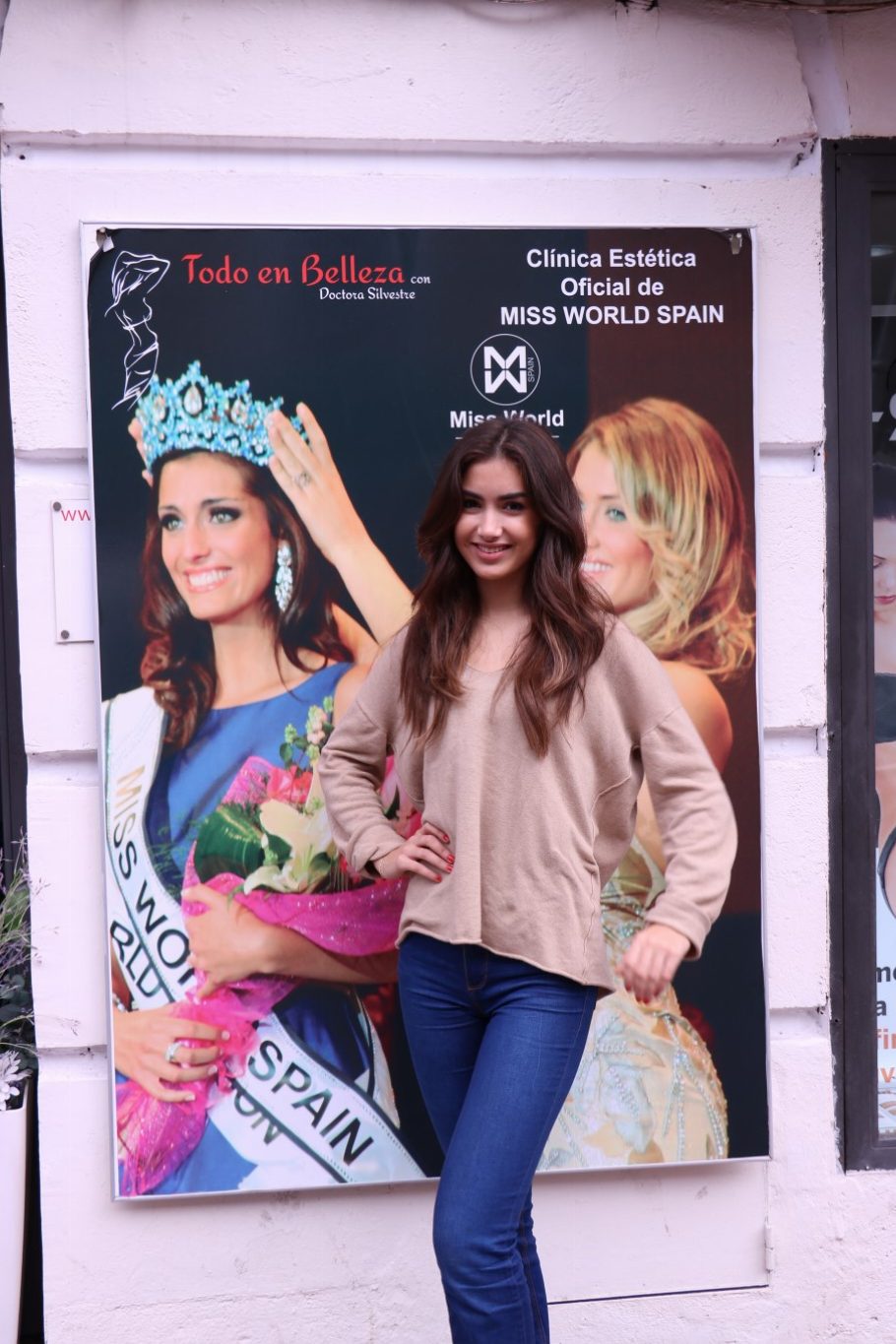
Por su parte Sarah Loinaz, quien en 2015 se presentó a Miss World Spain por el País Vasco (certamen que ganó Mireia Lalaguna), ya se encuentra en Bolivia preparando su participación en Miss Hispanoamérica.
A pesar de contar con sólo 18 años, tiene los pies muy en la tierra: «Es una oportunidad muy grande para aprender de primera mano lo que es este mundo de la moda y estoy encantada, pero estoy estudiando Administración y Dirección de Empresas. Aunque este año tendré que dejarlo un poco aparcado por mi trabajo como modelo, quiero seguir mis estudios porque me parece muy importante estar formada», asegura.
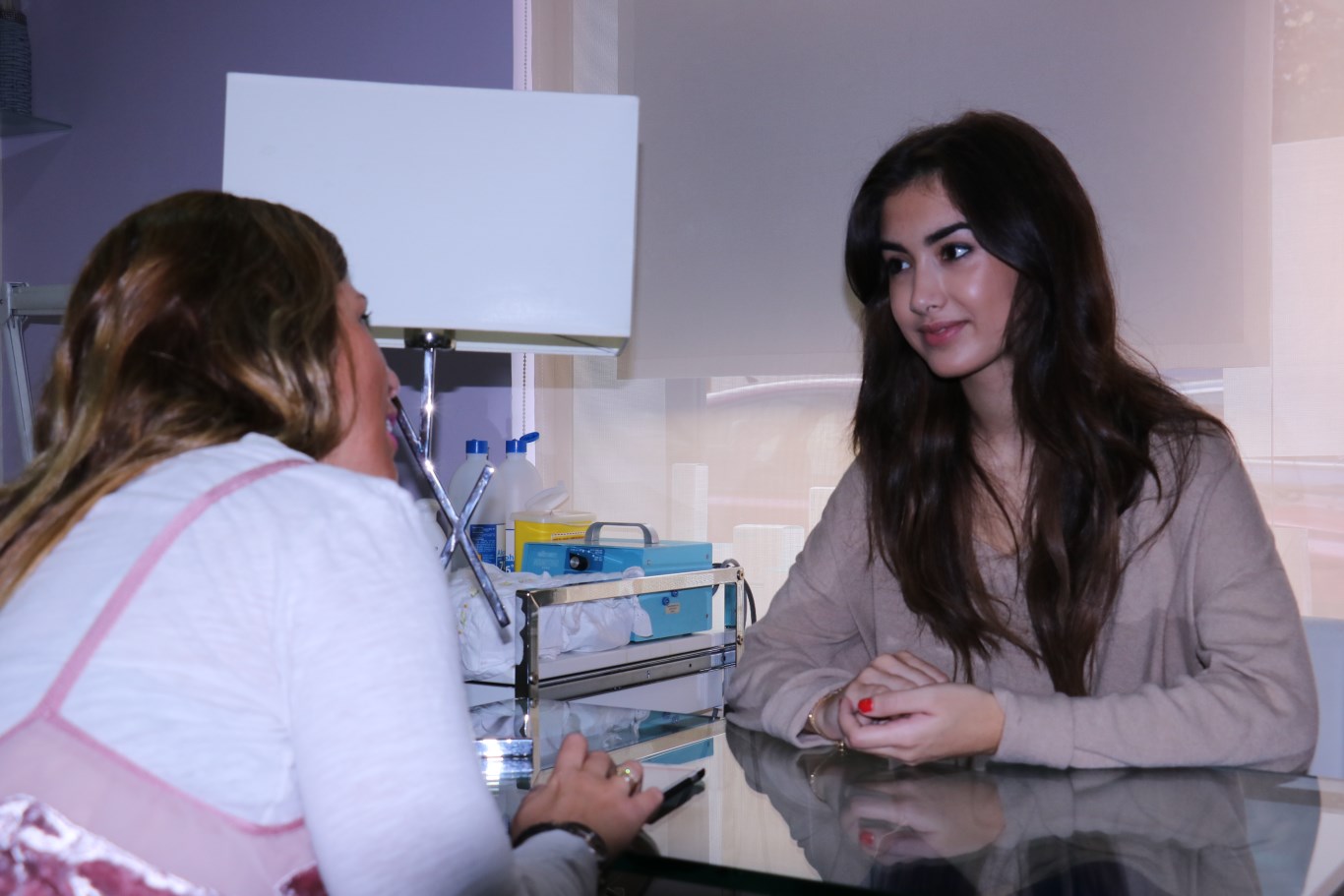
«Me gustan las tendencias pero me compro lo que me gusta realmente. Me gusta mucho Zara, la verdad. En esa tienda ‘me vuelvo un poco loca'», bromea Sarah.

«Acabo de cumplir la mayoría de edad y mi familia estaba un poco preocupada cuando le dije que me iba a Bolivia, pero cuando mi madre conoció a los miembros de la organización se quedó súper tranquila», confiesa Sarah.

Esta vasca de 1,75 metros de altura tiene una belleza muy racial y, al igual que a Raquel Tejedor, también le gusta maquillar sus ojos de forma intensa: «Mi madre es marroquí pero poca gente sabe de dónde provienen mis rasgos. Mucha gente piensa que soy latina», cuenta.
Y detrás de todo, BeMiss

Si Cuca Miquel es la encargada de potenciar su belleza, quien cuida de verdad a estas chicas (profesionalmente hablando) es Guillermo Escobar, Director de la organización BeMiss.
«Lo que más me importa es que las chicas tengan claro el camino que deben seguir para triunfar, y ese es el de una trayectoria limpia y blanca. El dinero en este mundillo es muy goloso, sobre todo en televisión, pero si tenemos claro por dónde queremos tirar, se harán conocidas por su exitosa carrera como modelos, no por escándalos en realities ni en la prensa rosa», asegura. ¡Bravo!


